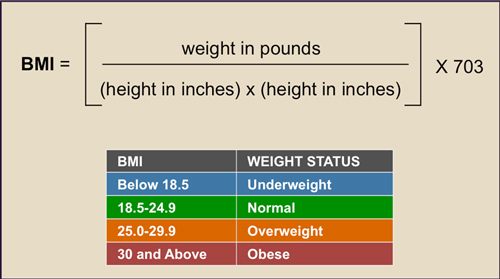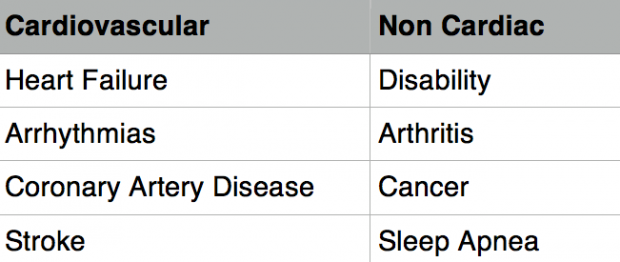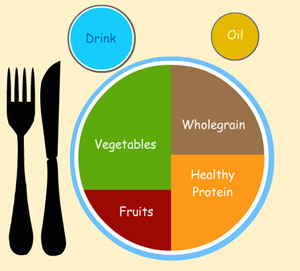What is body mass index (BMI)?

Weight measurement
Body mass index (BMI) is a simple index of weight-for-height that is commonly used to classify overweight and obesity in adults. It is defined as a person’s weight in kilograms divided by the square of his height in meters (kg/m2).
If you know your numbers (weight and height) you can calculate your body mass index with this BMI Calculator:
What is obesity?
Obesity is an abnormal or excessive fat accumulation that may impair health. It is defined as a BMI >30. Obesity is also defined by waist circumference. For an adult male who is 5 feet 10 inches in height, a waist circumference more than 40 inches is defined as obesity.
In a recent study, thirty percent of Trinidad and Tobago’s adult population had a BMI over 30 percent. This obesity epidemic is mainly caused by our rapidly changing lifestyles involving poor eating habits and inadequate exercise.
Obesity is often associated with diabetes, high blood pressure and high cholesterol. This combination is called the “Metabolic Syndrome”. Patients with the metabolic syndrome are at high risk for developing coronary artery disease and other cardiovascular complications.
Complications of Obesity
How can obesity be treated?
Weight control with diet and exercise is the cornerstone of therapy for obesity. Professional help is recommended to plan, implement and sustain these lifestyle changes. Some patients require bariatric surgery to achieve their weight loss goals.
Learn more:
- Healthy eating plate (Harvard University)

- Weight loss strategies for success (Mayo Clinic)

- Bariatric surgery procedures (ASMBS)








